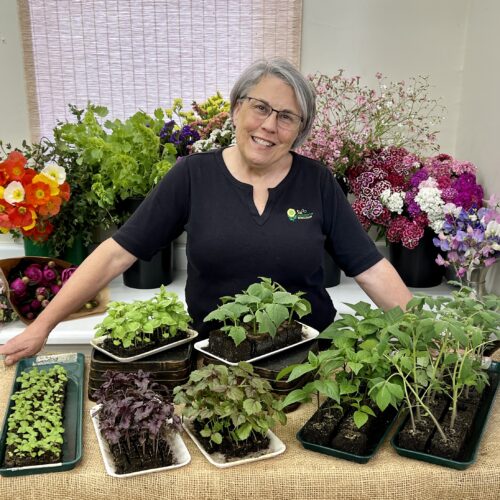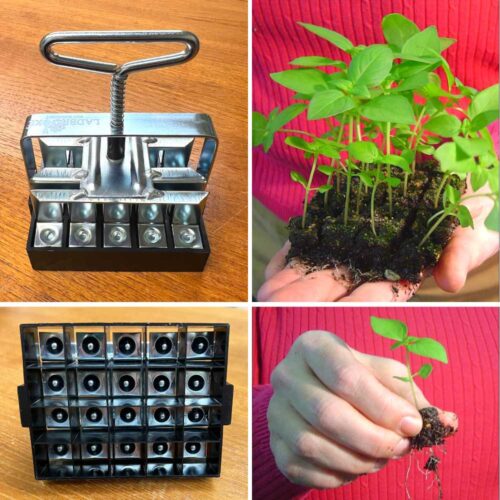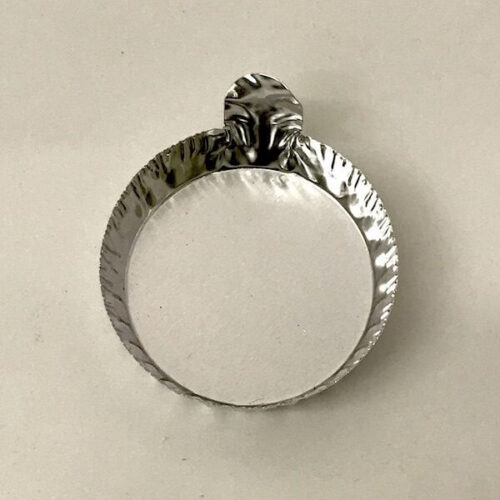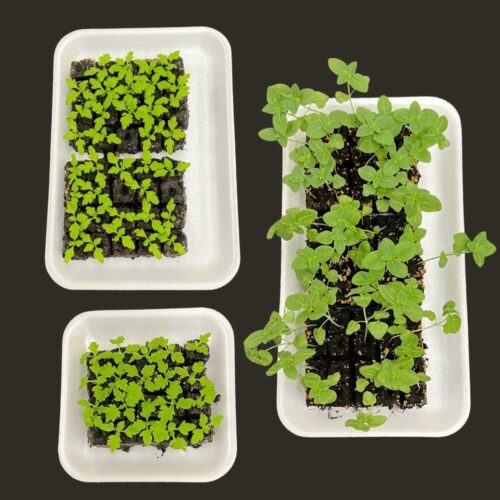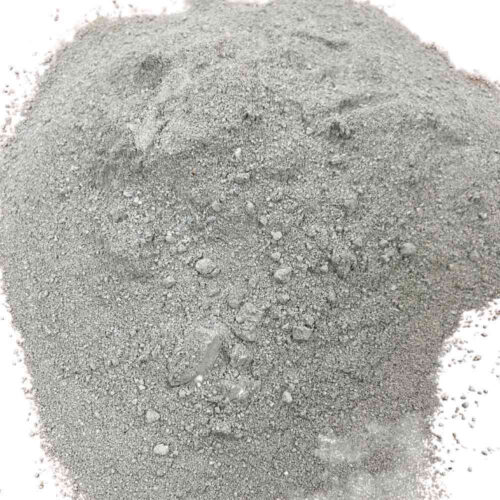The Power of Mulch and Healthy Soil
Our garden has just smiled throughout the amazingly high temperatures and drought this summer. I attribute this to the power of mulch and healthy soil.
Almost every square inch of soil in our gardens is covered by either organic mulch in the pathways or bio-degradable film on the beds that we plant in. This not only makes weeds pretty much non-existent, it keeps the soil cooler and retains moisture much longer than surfaces not mulched. Our pathways are mulched deeply with leaves that are not chopped–we collect bags of leaves set out at the street and dump them in pathways. Walking on leaves all summer does a good job of breaking them down. The added bonus is that all the foliage we strip from the flower stems as we harvest is also dropped in the pathways and this makes a perfect mix of organic material to be worked into the soil at the end of the season. To read more on feeding the soil click here .
The film on our beds looks like plastic but is a bio-degradable film made from a corn by-product, Bio-Telo. At the end of the season, we will remove the stakes and netting from our beds, pull the irrigation tape out from under the film, mow the flowers down and then plow the film, flowers, leaves and other litter in together to make one happy garden. It will rest for a couple of weeks and then we will prepare to plant a fall cover crop. This will protect the soil all winter and create more organic mass to be incorporated come spring. A legume cover crop will add lots of nitrogen to our soil, as well. No wonder our gardens are smiling!
The question I am asked many times, is how often do you water? To be truthful, we do not water on a regular basis. We would like to water each mature garden once every 7-10 days, but it doesn’t often happen on schedule. We do pay closer attention to newly planted beds, but once you are over about 15” tall around here you are pretty much on your own. But again, this is reaping the benefit of putting all of our focus into building our soil. It lives on without a lot of help from us, thank goodness.
The birds, dragonflies and good bugs have been abundant in the garden this year. The butterflies are so thick around here now you almost bump into them in the garden! We make a special effort to keep lots of water in and around the gardens for everybody mentioned. Steve, my husband, has taken a special interest in making sure everyone around here has water. He does water duty at least once a day, sometimes twice daily. We have many containers of different depths to suit everybody (outdoor trash can lids turned upside down are great). Steve puts rocks in shallow dishes for the bees and wasps to drink from. We also spray our shady bed of foliage plants to wet the foliage because many good bugs will gather to drink, not to mention frogs, rabbits, and squirrels. Everybody needs water to survive.
Although this has been a great season, we have certainly had our share of failures. Most of those were thirsty plants, and I didn’t water sufficiently to keep them going during the drought. Sweet Peas and Delphiniums were two such victims. On years that we have reasonable rainfall, these two fall-planted flowers do great; in dry years you have to water or say goodbye to them–we said, “See ya!” With the temperatures that we had this year, I felt like no amount of water could offset the heat.
So drought and heat are good for some and bad for others. During the crazy hot summer days, we started work at 5 am; now, as it is darker later, we start at 6 am. Our aim is to be done with outdoors-in-the-sun work by lunchtime, which is high noon around here and not a minute later! No one is late to lunch here… To read more about a summer week on a flower farm click here.
Happy Fall!
Lisa

